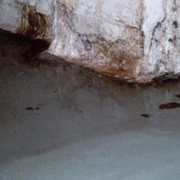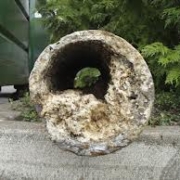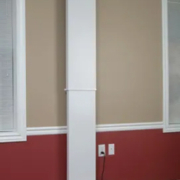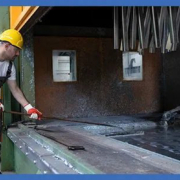Water Seepage Myth – Keeping Water Out by Sealing Basement Floor and Wall Gap
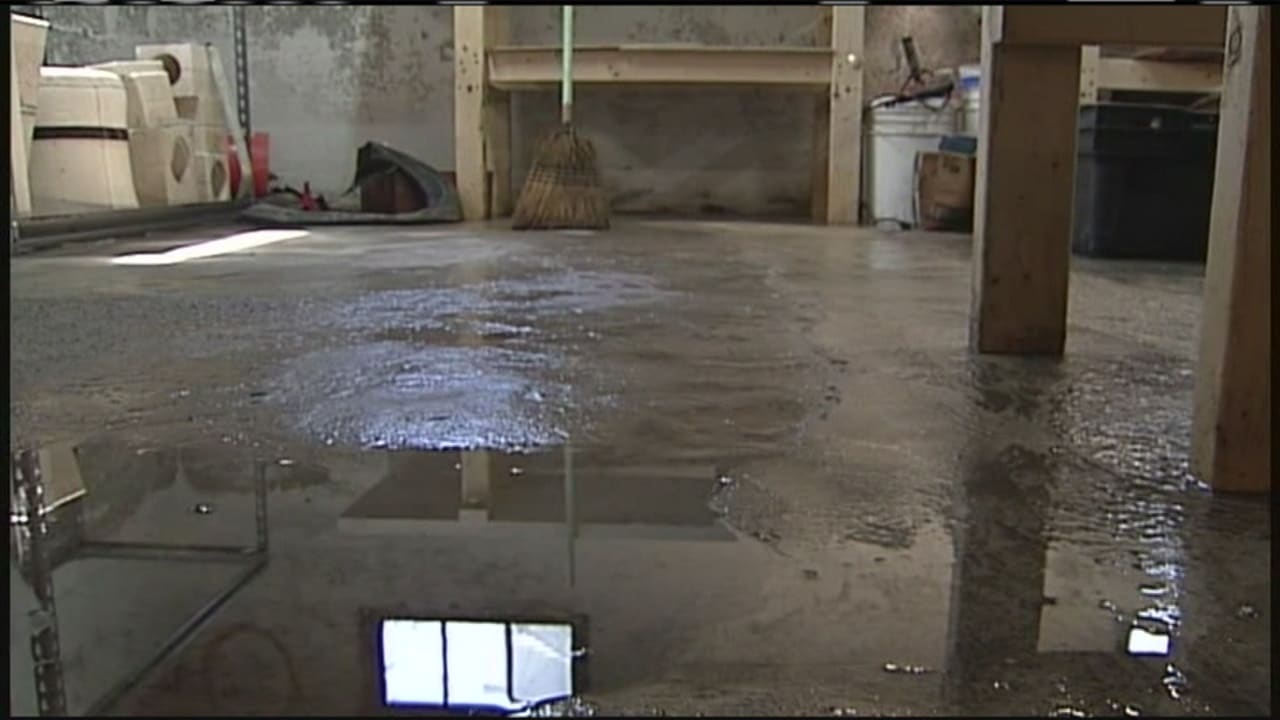 Water Seepage
Water Seepage
When basements experience water seepage, one of the first places people check is the cove joint. This is the point at which the basement and the wall meet. This is because it is a common site for leaks and seepage of ground water into basements.
Why is there a gap in my foundation?
The construction of a foundation begins with excavation and pouring of footings. The footings create the base on which the foundation walls are to be poured. The footings help to distribute the weight of the entire house. They prevent the house from sinking or settling over time.
When the concrete used to make the footings has cured, the basement walls are poured. The concrete being poured does not bond with the cured concrete that makes up the footings. There is therefore a tiny gap between the wall and the footings.
When the walls have cured, more concrete is poured to form the basement floor. As before, the newly poured concrete doesn’t bond with the already cured concrete in the walls. This results in the formation of a tiny gap between the wall and the floor.
When done properly, these tiny gaps shouldn’t admit water. They should be too small for that. However, if the hydrostatic pressure beneath the foundation floor increases, it may push water through the joint and cause water seepage.
Why sealing the cove joint won’t work
When homeowners find out that the gap in the cove joint is the scene of the seepage, they react by obtaining a waterproof sealant to seal the joint. This is a band aid approach to solving a complex problem.
Sealing the cove joint doesn’t work because the underlying problem has not been solved. In fact, it can result in an even worse problem. If hydrostatic pressure is high, it can force water around the seal or it can cause the seal to pop out to force water into the basement. Your seal is therefore doomed to fail.
What to do
If you notice water seepage, the best thing you can do is contact a professional waterproofing contractor. They will inspect your foundation to find out exactly what the problem is. They will then suggest different methods to deal with the problem. These may include installing drain tile to reduce hydrostatic pressure against your foundation.
These solutions are for the long term. Don’t be tempted by quick fixes that will only result in more problems down the line.
